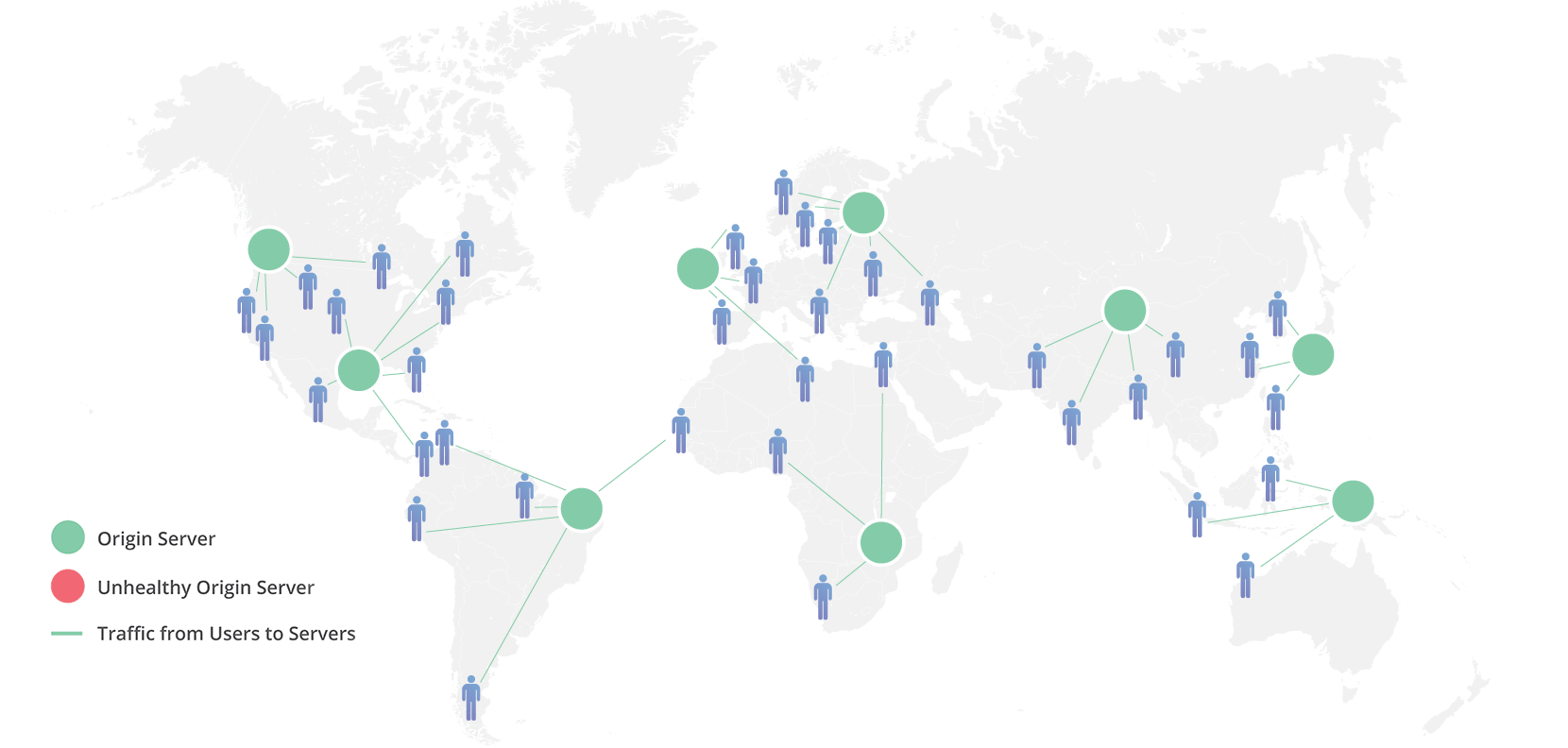Domain Name System and DNS Propagation
DNS (Domain Name System) is a fundamental aspect of the internet that maps human-readable website names (e.g., www.example.com) to their respective machine-readable IP addresses (e.g., 192.168.0.1). It operates as a virtual phonebook, enabling users to easily access websites and online services by simply typing a domain name into their web browser.

How does DNS work?
The process of how DNS works is straightforward:
- A user enters a website name into their web browser
- The user’s computer sends a request to a DNS server to translate the website name into an IP address
- The DNS server searches its database of name-to-IP address mappings and returns the IP address to the user’s computer
- The user’s computer then sends a request to the website’s server using the IP address, and the server responds by sending back the website’s content

Managing your DNS
By default, DNS is managed by your domain registrar. Your domain registrar is usually the company that your purchase your domain from. In the case of domains that end with .mv, this is Dhiraagu. However, there are disadvantages to letting your registrar manage the DNS:
- Limited security: Registrars may not provide the same level of security as specialized DNS management services like CloudFlare.
- Slower resolution times: Registrars may not have the same resources or infrastructure as CloudFlare, leading to slower resolution times and increased website load times.
- Limited features: Registrars typically only offer basic DNS management features and may not provide advanced options like custom DNS records or IP blocking.

DNS Management Services
Using a service like CloudFlare for DNS management has several advantages over letting your registrar manage the DNS. To use a thridparty DNS management service you will need to change your Nameservers. Some registrars such as Dhiraagu do not offer a dashboard for changing your Nameservers from them to a third party DNS management service. In these cases you will need to email them to change your Nameservers. Here are some advantages of using a thridparty DNS management service such as CloudFlare:
- Improved security: CloudFlare provides protection against common threats such as DDoS attacks, malware, and phishing.
- Speed: CloudFlare’s network of servers ensures fast resolution times and improved website load times.
- Advanced features: CloudFlare offers a range of advanced features, including custom DNS records, IP blocking, and URL forwarding.
- Reduced propagation time: CloudFlare reduces the time it takes for changes to a domain’s DNS settings to take effect dramatically, making it a more efficient solution for managing a website.
- Even more: You can find out more about CloudFlare here.

One critical aspect of DNS is propagation time, which is the amount of time it takes for changes made to a domain’s DNS settings to take effect across the internet. Propagation time can range from a few minutes to several hours, depending on various factors such as the size of the internet service provider’s network and the number of caches involved. Understanding propagation time is important for anyone who manages a website, as it affects how quickly changes to a domain’s DNS settings will take effect.
In conclusion, DNS plays a critical role in connecting users to websites and online services. By using a specialized DNS management service like CloudFlare, users can benefit from improved security, speed, advanced features, and reduced propagation time. However, it is important to weigh the advantages and disadvantages of letting your registrar manage the DNS, as this will impact the performance and functionality of your website.






































